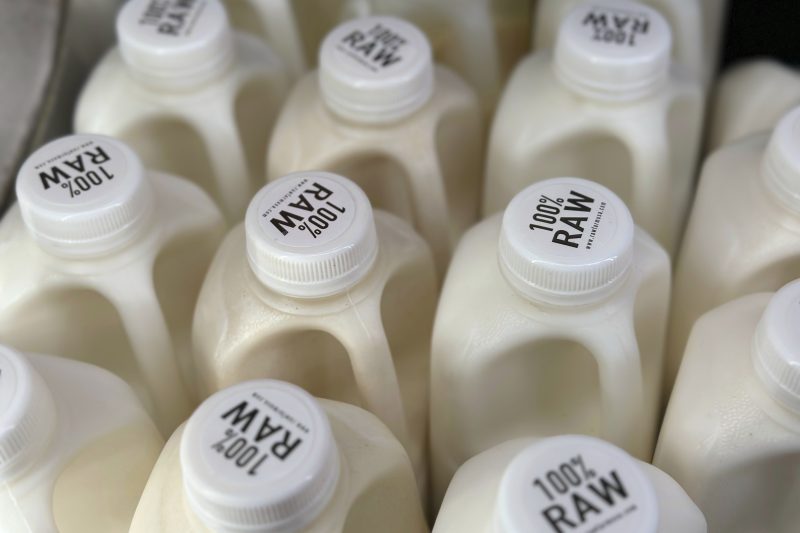The Debate Over Pasteurization and Raw Milk Consumption
For decades, pasteurization has been a standard practice in food processing, designed to eliminate harmful bacteria and reduce the risk of foodborne illnesses. However, in recent years, this method has sparked significant debate, with some individuals choosing to consume raw milk and other unpasteurized products without sterilization. This growing trend has led to increased scrutiny from health experts and regulatory agencies.
One of the most prominent figures advocating for raw milk consumption is Robert F. Kennedy Jr., who, during his 2024 presidential campaign, openly stated that he only drinks unpasteurized milk. His stance on this issue was further highlighted when he suspended a quality control program aimed at testing the nation’s dairy supply. Meanwhile, celebrities like Gwyneth Paltrow have also supported the movement, contributing to the rising interest in raw milk.
Despite these high-profile endorsements, public health officials and scientific organizations continue to emphasize the importance of pasteurization. According to the Centers for Disease Control and Prevention (CDC), pasteurization involves heating food products to specific temperatures for certain periods to destroy harmful bacteria and viruses. This process is commonly applied to dairy products, eggs, juices, canned foods, flour, honey, and alcohol.
Unpasteurized products, on the other hand, do not undergo this heating process. They can include items such as milk, artisanal cheese, juice, and meat. While some consumers believe that raw milk and other unpasteurized foods are healthier because they are “straight from nature,” experts warn that these products can carry dangerous pathogens.
Benefits and Drawbacks of Pasteurization
The primary benefit of pasteurization is its ability to eliminate harmful microbes that cause foodborne illnesses. The Food and Drug Administration (FDA) states that this process can prevent diseases such as listeriosis, typhoid fever, tuberculosis, diphtheria, Q fever, and brucellosis. By reducing the presence of these pathogens, pasteurization significantly improves food safety.
However, pasteurization can also affect the nutritional value, flavor, and appearance of food. According to the National Library of Medicine, these changes are typically minimal. The CDC notes that pasteurized milk offers the same nutritional benefits as raw milk without the associated risks. Since the early 1900s, pasteurization has played a crucial role in reducing milk-borne illnesses.
Risks of Consuming Unpasteurized Foods
While some individuals claim that raw milk provides health benefits, most medical professionals and independent experts argue that the potential risks outweigh any perceived advantages. The CDC and FDA have both issued warnings about the dangers of consuming raw milk, emphasizing that it can lead to serious illness or even death.
Recent research has raised additional concerns about the safety of raw milk. A non-peer-reviewed study published in medRxiv examined the stability of the H5N1 avian influenza virus in raw cow and sheep milk. The findings indicated that the bird flu virus can remain infectious in raw milk for over a day at room temperature and more than a week when refrigerated. The study’s authors warned that high viral titers were detected in milk from infected cows, raising concerns about the potential for human infections.
This research highlights the ongoing debate surrounding raw milk and underscores the need for continued education and awareness about the risks associated with unpasteurized products. As the discussion continues, consumers must weigh the potential benefits against the documented health risks and make informed decisions about their dietary choices.







